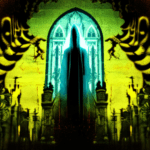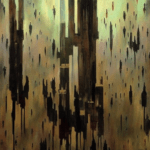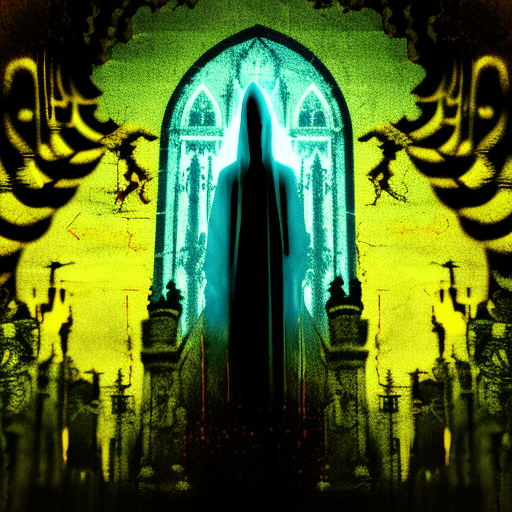One-line Summary:
“The King in Yellow” is a collection of eerie and macabre short stories that explore the themes of madness, obsession, and the blurring of reality and fiction.
The Madness Unveiled
In “The King in Yellow,” author Robert W. Chambers weaves together a series of interconnected short stories that revolve around a mysterious play called “The King in Yellow.” This play, said to drive anyone who reads it to madness, serves as a central motif throughout the collection. Each story explores the consequences of encountering the play, delving into themes of obsession, insanity, and the disintegration of the human mind.
The first half of the book primarily focuses on the lives of artists and writers who become captivated by the play’s allure. As they delve deeper into its pages, they find themselves consumed by an insidious madness that blurs the line between reality and fiction. Chambers masterfully creates an atmosphere of unease and dread, leaving readers questioning the nature of sanity and the power of art.
Twisted Tales of Descent
The stories within “The King in Yellow” are diverse in their settings and characters, but they all share a common thread of impending doom. From the haunting streets of Paris to the eerie shores of the fictional city of Carcosa, each tale explores the descent into madness with a unique twist.
One of the most memorable stories is “The Repairer of Reputations,” set in a dystopian future where the protagonist, Hildred Castaigne, believes himself to be the rightful heir to the throne of America. As his obsession with the play intensifies, he becomes increasingly detached from reality, leading to a shocking climax that blurs the boundaries between delusion and truth.
Another standout story is “The Yellow Sign,” which follows an artist named Boris Yvain as he becomes infatuated with a model named Tessie. As Tessie’s mental state deteriorates, Boris discovers a sinister symbol known as the Yellow Sign, which serves as a harbinger of doom. The story culminates in a chilling climax that showcases Chambers’ ability to create an atmosphere of creeping horror.
The Legacy of the King in Yellow
“The King in Yellow” has had a lasting impact on the world of literature and popular culture. Although initially overshadowed by other works of its time, such as H.P. Lovecraft’s Cthulhu Mythos, Chambers’ collection has gained recognition for its influence on the genre of weird fiction.
Key Takeaways:
- The power of art to drive individuals to madness and obsession.
- The blurring of reality and fiction, leading to a disintegration of the human mind.
- The exploration of themes such as despair, decay, and the fragility of sanity.
As readers delve into “The King in Yellow,” they are confronted with the unsettling notion that reality is not as stable as it seems. Chambers’ stories serve as cautionary tales, warning of the dangers of obsession and the fragility of the human psyche. Through his masterful storytelling, he invites readers to question the nature of reality and the power of the written word.
“He is a king whom emperors have served.” – Robert W. Chambers
In conclusion, “The King in Yellow” is a haunting collection of stories that delves into the depths of madness and obsession. With its eerie atmosphere and thought-provoking themes, Chambers’ work continues to captivate readers and leave a lasting impression on the world of weird fiction.












